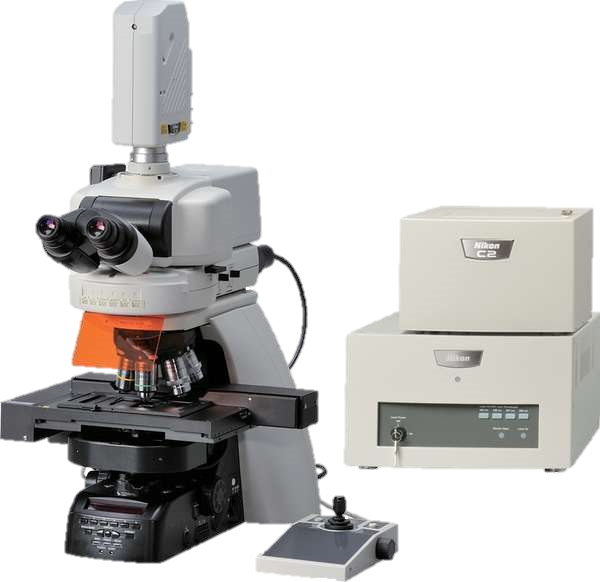Chemical Biology
Chemical biology integrates the principles of chemistry and chemical synthesis with biology and biosynthesis. It attempts to probe the detailed function of biosystems and to manipulate and harness these systems to improve or alter function - principally in biological applications but also in chemical applications.
A great deal of research is focused on the function, affinity and location of proteins within living cells. Techniques in chemical synthesis may be used to modify proteins to create new structures with novel functions. Small chemical molecules are also being designed to activate, deactivate or enhance the function of specific proteins in the body and this, for example, may have application it the design of new therapeutics. Other key areas of research include the role of metals in biological systems and the processes that control molecular assembly, for example, of microtubules, specific sugar molecules and nucleic acids. Understanding of these assembly processes can, in turn, be used to enhance chemical processes by providing scaffolds or templates for chemical synthesis.
A fundamental component in chemical biology is the study of specific molecules or ions in the living cell to understand their behaviour and interaction with other molecules. Microscopy, and especially multidimensional confocal imaging, in association with fluorescent tagging, is an important approach for visualizing individual molecules and mapping molecular events. The advent of new fluorescent probes, such as photactivatable GFP, kaede and quantum dots greatly facilitate molecular tracking.
Key microscopy techniques in chemical biology include fluorescence imaging, confocal imaging, spectral imaging, swept field confocal, TIRF, FRET/BRET, FRAP, deconvolution, deep cell imaging and time-lapse imaging.

스펙





